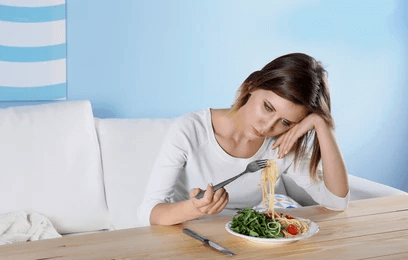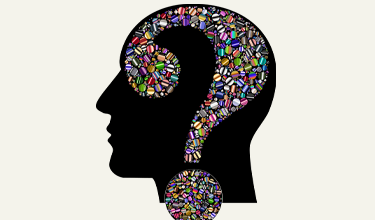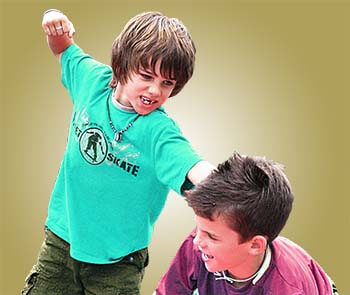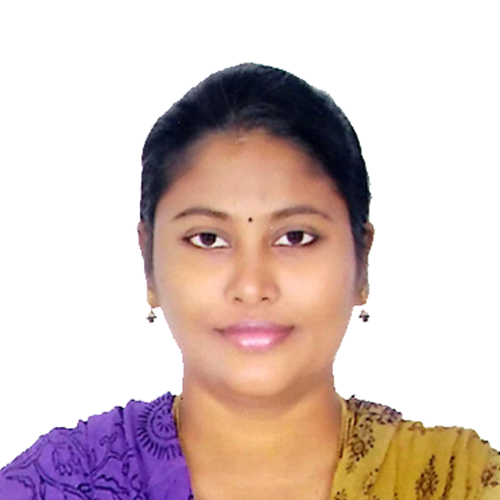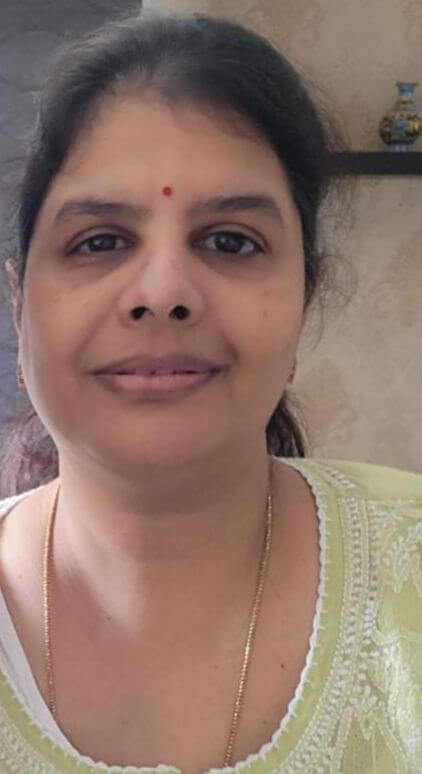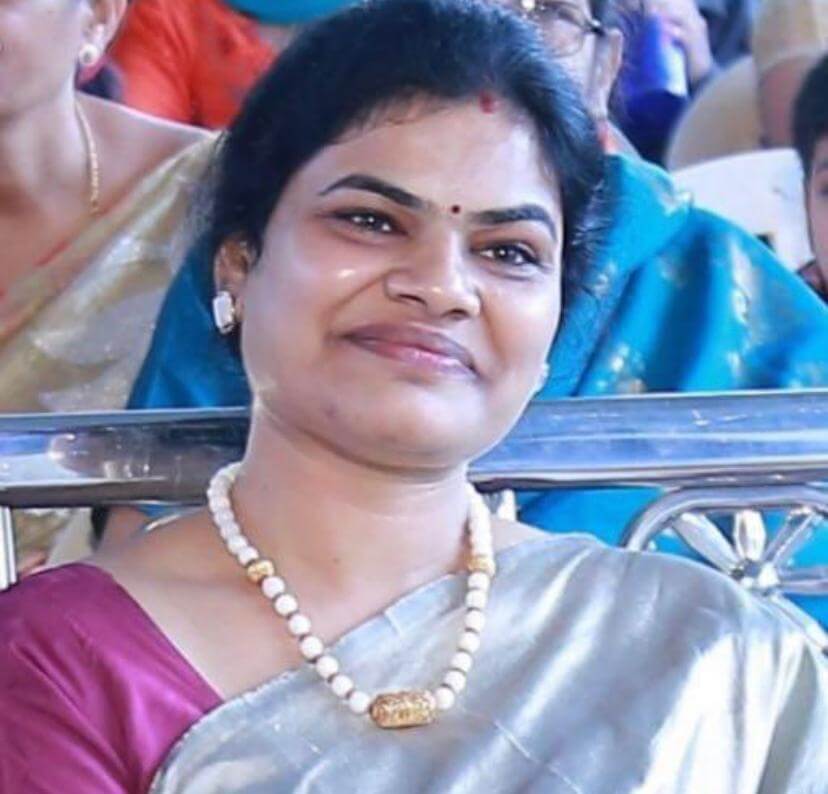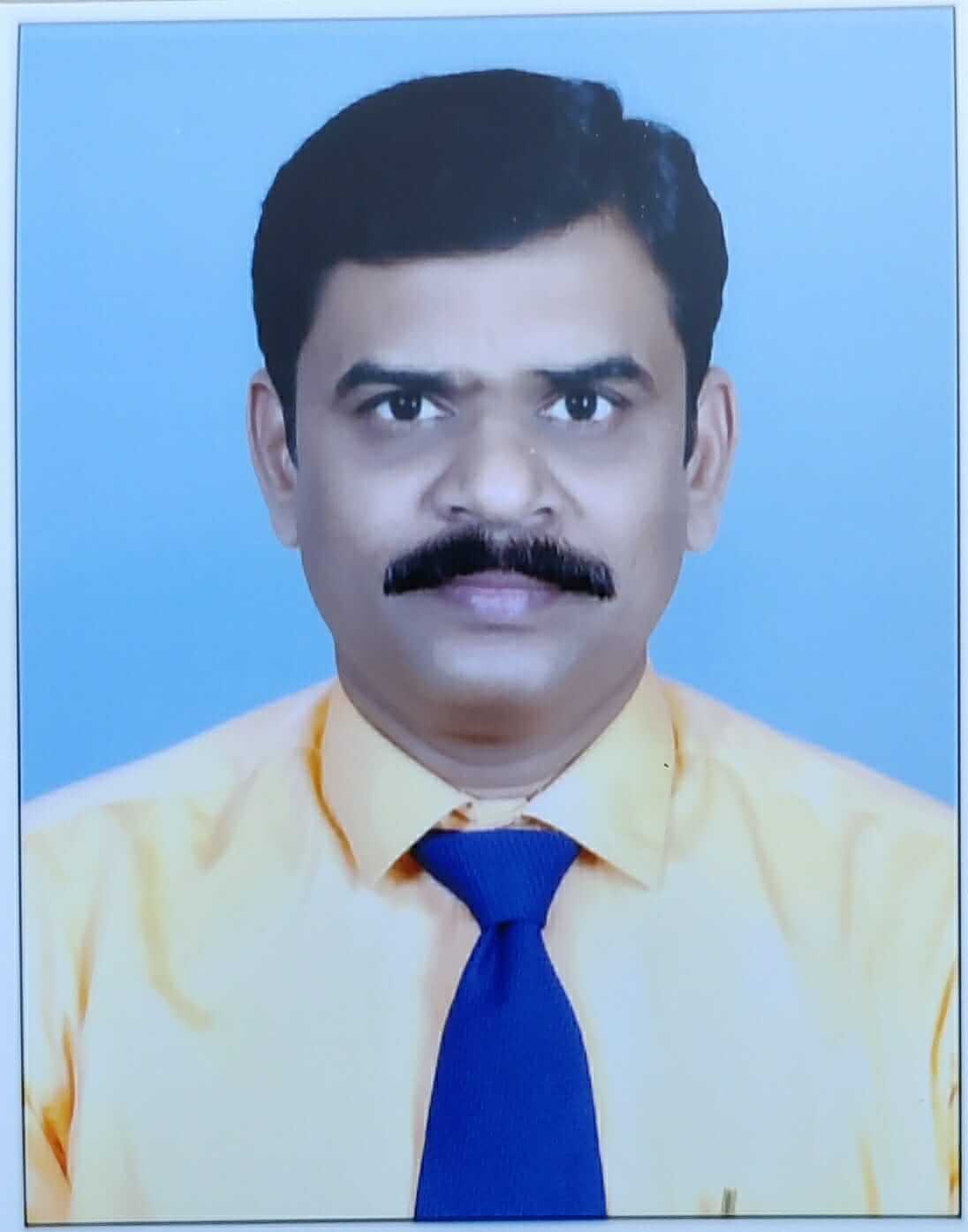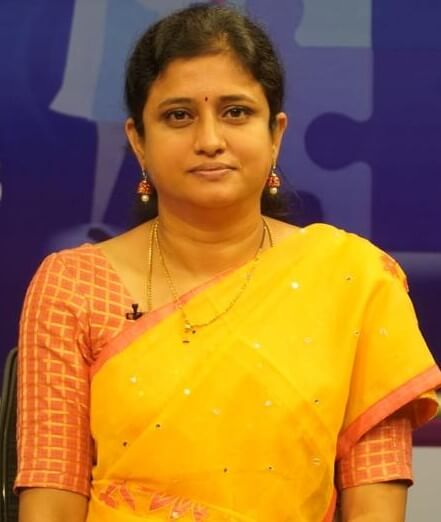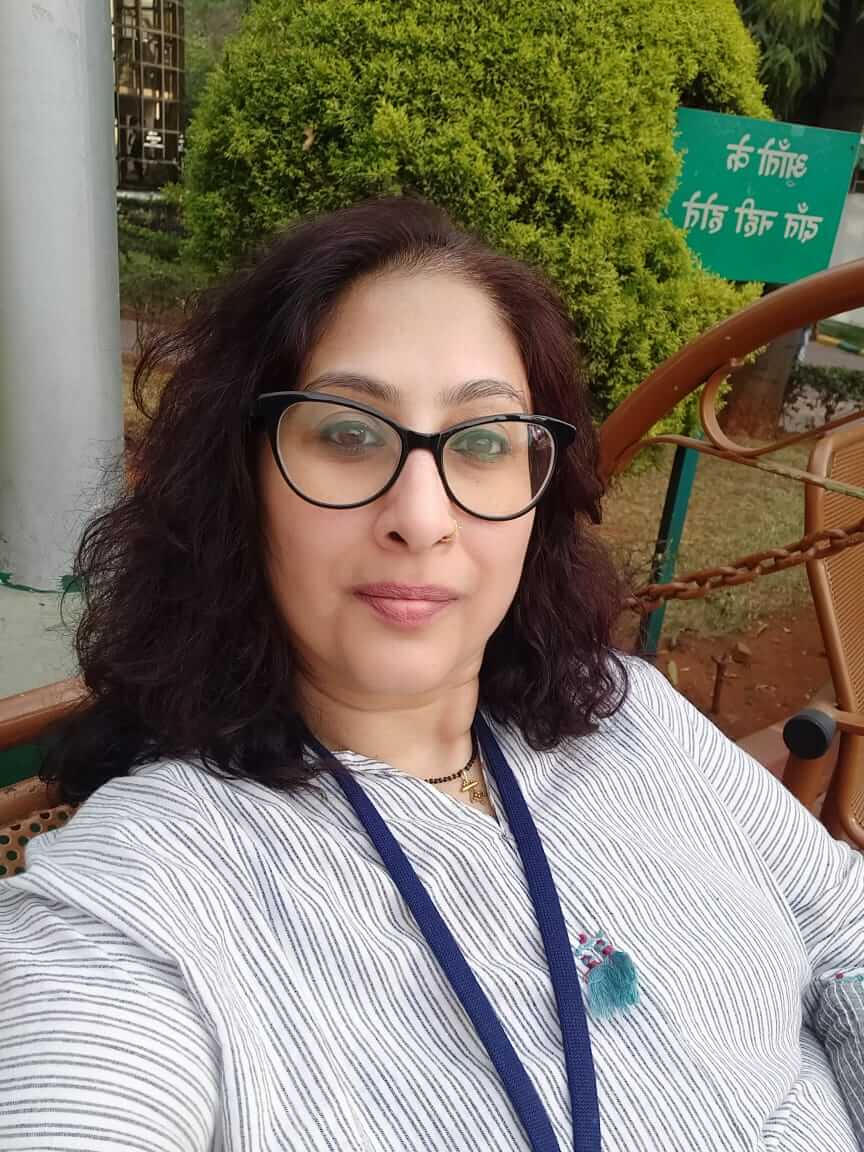Eating Disorders are mental health conditions associated with Cravings, Obsessions, and Perceptions. These disorders are much more complex than eating behaviours and have both psychological and physiological consequences. ICD-10(International Classification of Diseases) specifically describes two syndromes namely, Anorexia Nervosa and Bulimia Nervosa and mentions other eating disorders such as Obesity and Pica. Causes of these disorders can be biological or sociocultural influences. jk Anorexia Nervosa: It is associated with self-induced weight loss. Generally, adolescent girls, young women exhibit this disorder. X is a 13-year-old girl. She was tall and healthy girl in the class till she was 12. At 12, due to socio-cultural factor, she perceived herself as fat and developed a cognitive distortion that a girl should be lean to look good and wear slim fits. She then developed Body-Image Distortion. There was constant fear of increase in the weight. Hence, she started Restricted diet and avoided fats. She indulged in excessive exercising. Very soon her weight reduced drastically. From then, her weight was below than expected of her age and height. She lost her appetite(self-induced) and developed Insomnia. Gradually, she developed low self-esteem and started avoiding playing with her friends (social withdrawal). Menstruation cycle got disturbed. Bulimia Nervosa: Here, individual exhibits repeated bouts of overeating and induced vomiting or purging. Generally, it is observed in adolescent girl and young women. Y, 18-year-old female is obsessed with flat tummy (socio-cultural factor). She is preoccupied with eating. On the other extreme, she also has irresistible craving for fast food. She would starve for 5 days in a week. During weekends, her craving overpowers her, and she eats all kinds of fast food. To counteract fattening effect, she resorts to self-induced vomiting. She develops constant fear of fat tummy and constantly checks her structure in the mirror. Whenever she feels she has crossed her threshold weight, she resorts to vomiting. If she meets someone who is thinner than her (according to her), she used to have low moods for days. Pica: Pica is eating non-food materials such as chalk, mud, sand, slate pencils, soap etc. Generally, it is observed in kids, pregnant women who crave for non-food stuff because of hormonal imbalances. Here is an instance of a 48-year-old female who had the habit of eating slate pencils during childhood, and she would regress to the habit whenever she felt negative emotions. She started eating slate pencils at the age of 13 while doing her domestic chores as eating slate pencils made her work easy. She stopped after few years. Her cravings increased during her second pregnancy, and she stopped post-delivery. Iron deficiency was noticed in her blood reports. Later in her married life to deal with stress, she again started eating slate pencils. Slowly she complained of constipation and gradually it led to Piles. Her anxiety led to IBS (irritable bowel syndrome). Eating slate pencils became a vicious circle!! Conclusion: Generally, Eating Disorders can be observed by the caregivers in case of Pica, and by the family members or friends in case of other eating disorders. When such behaviours are noticed, seeking the help of Mental Health Professional immediately helps patient to recover and prevent further recurrence. Seeking Mental Health assistance requires one step out of stigma threshold.

